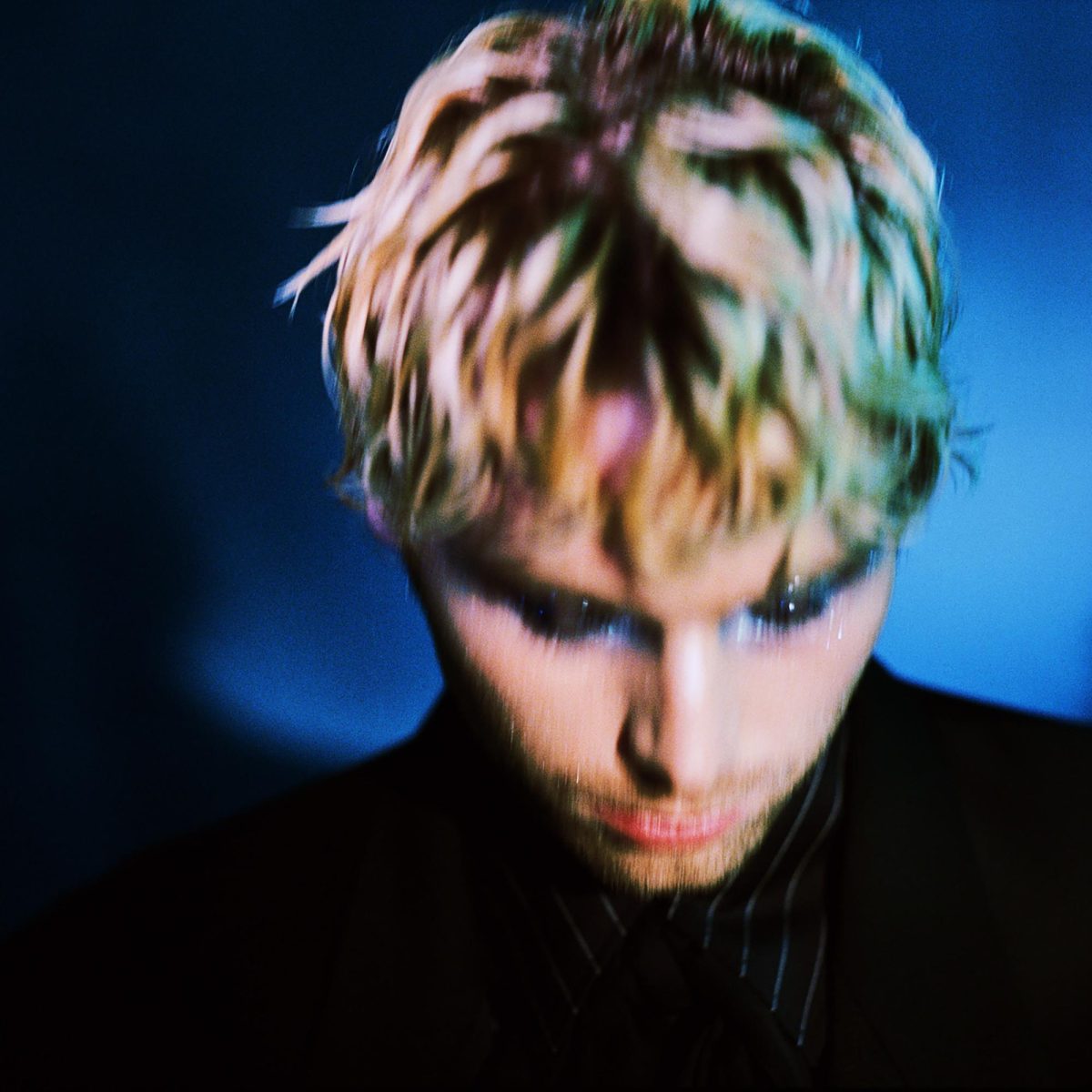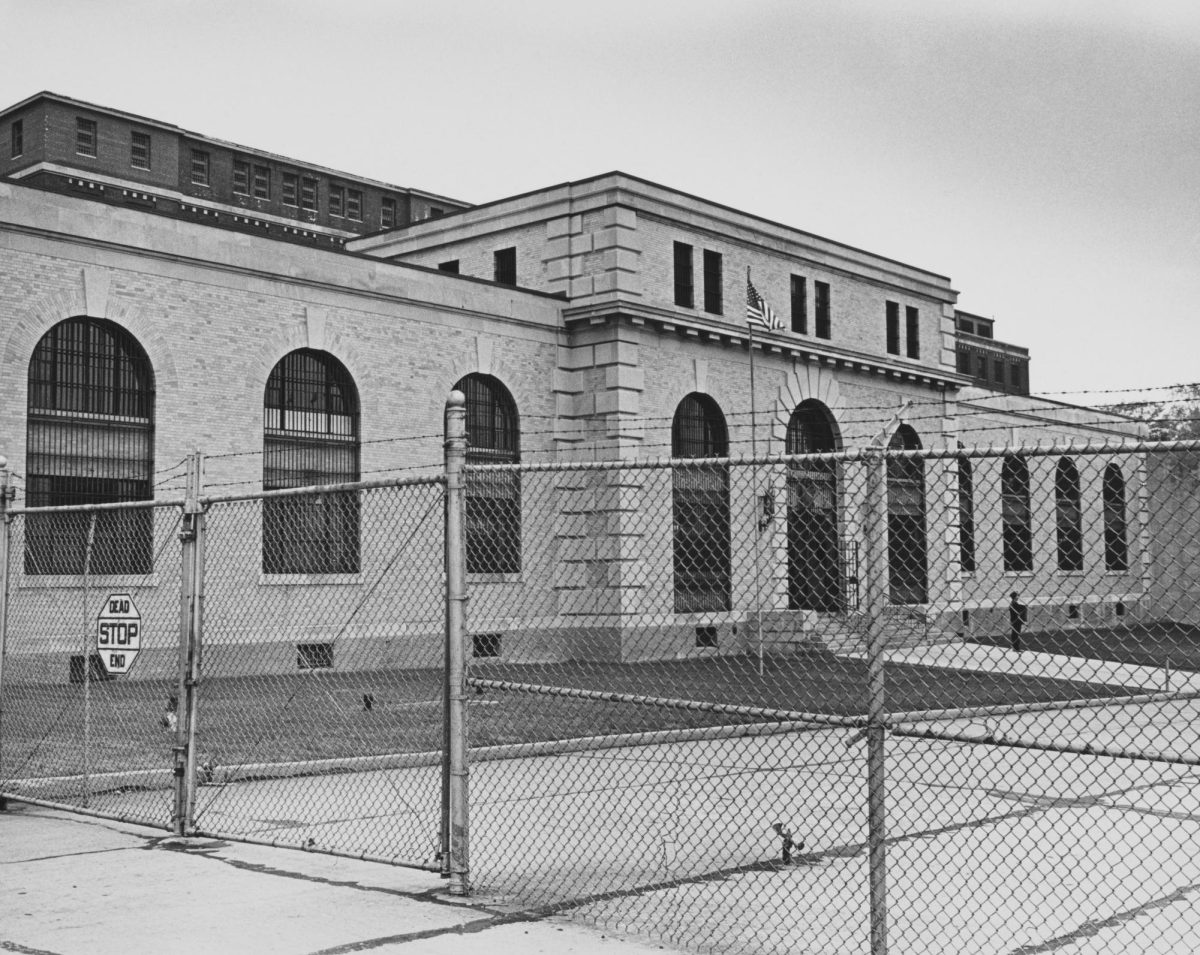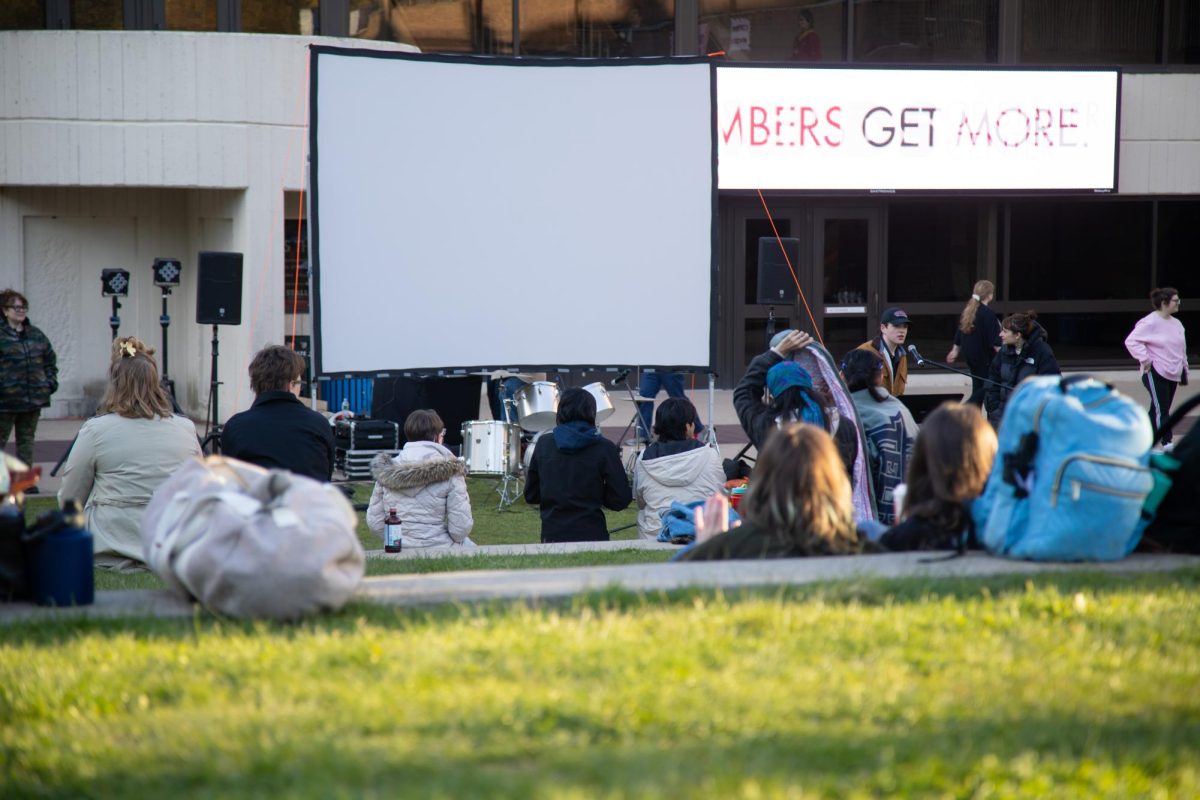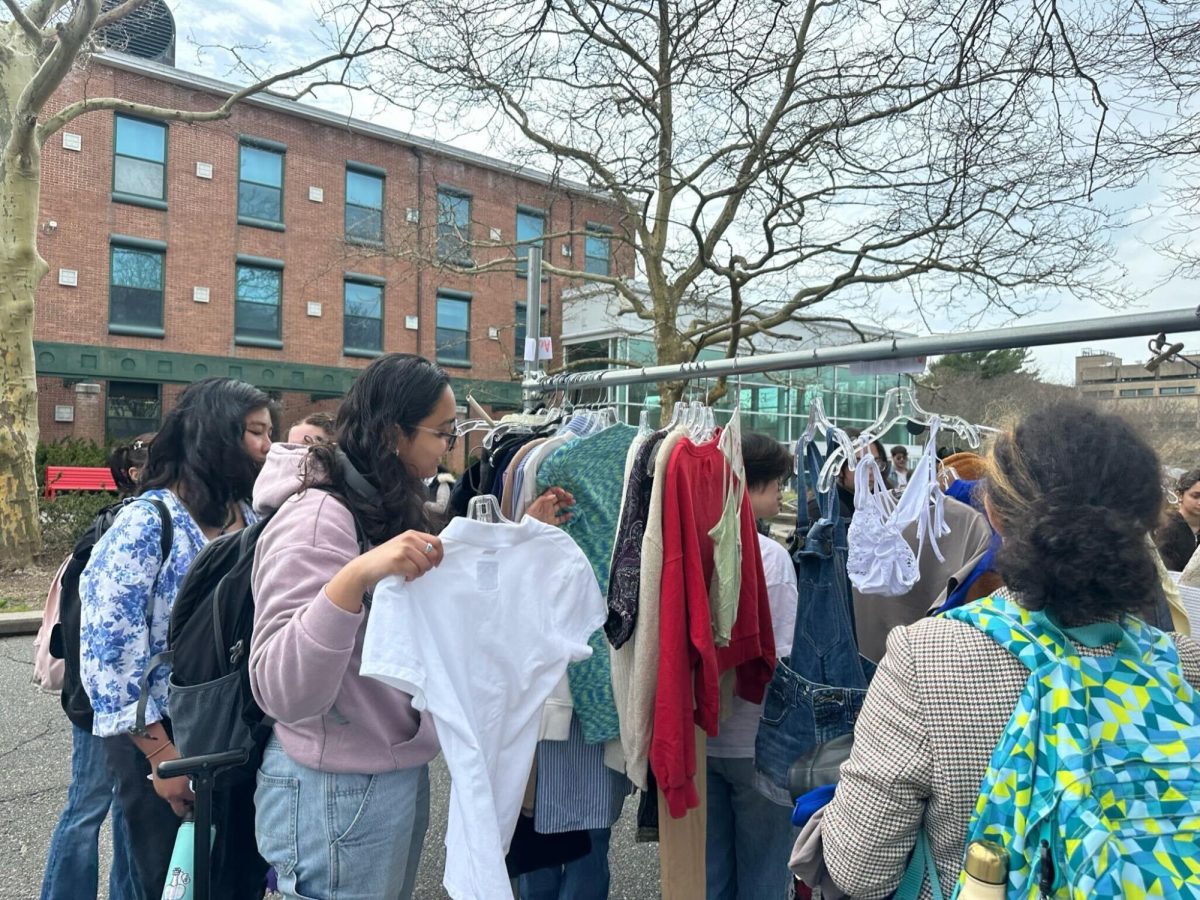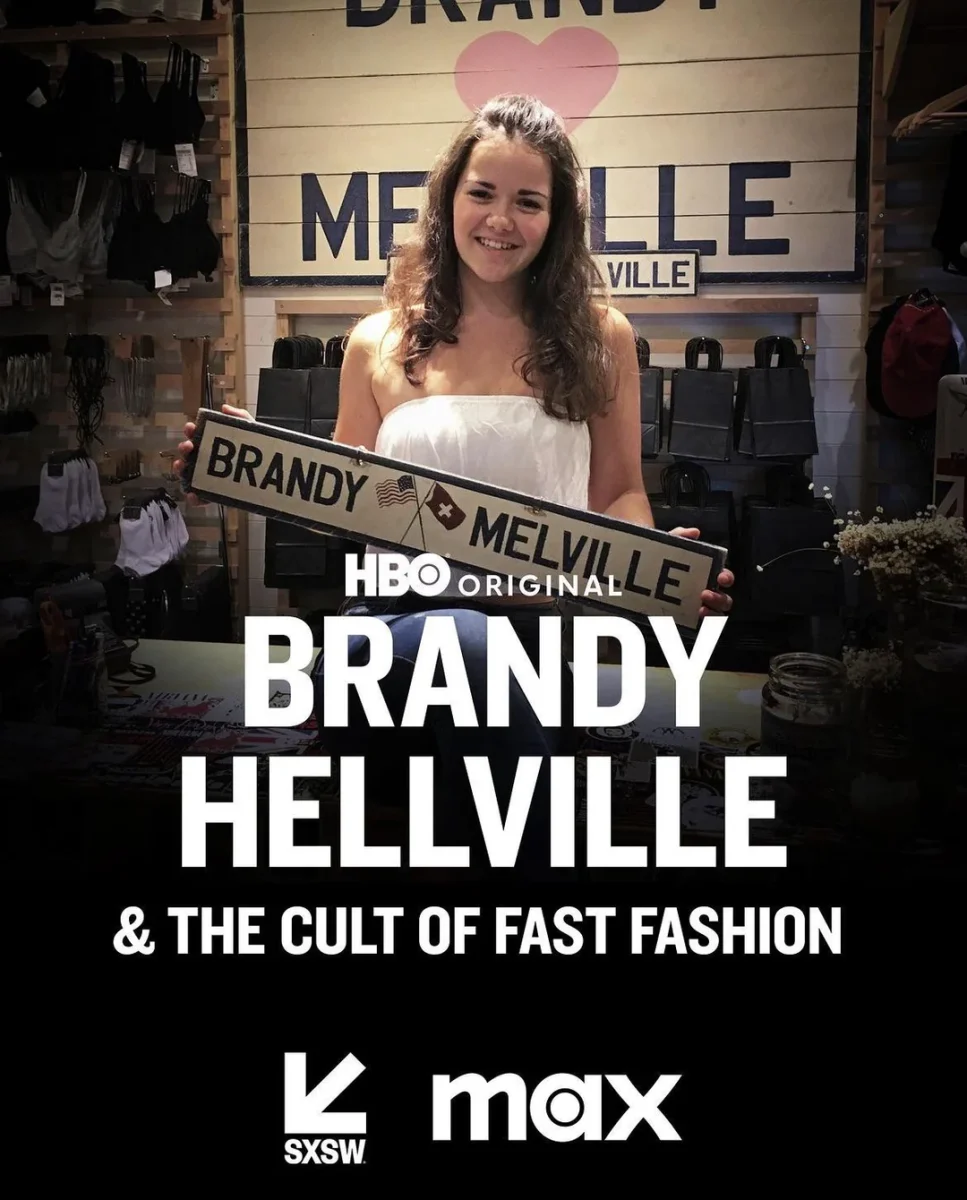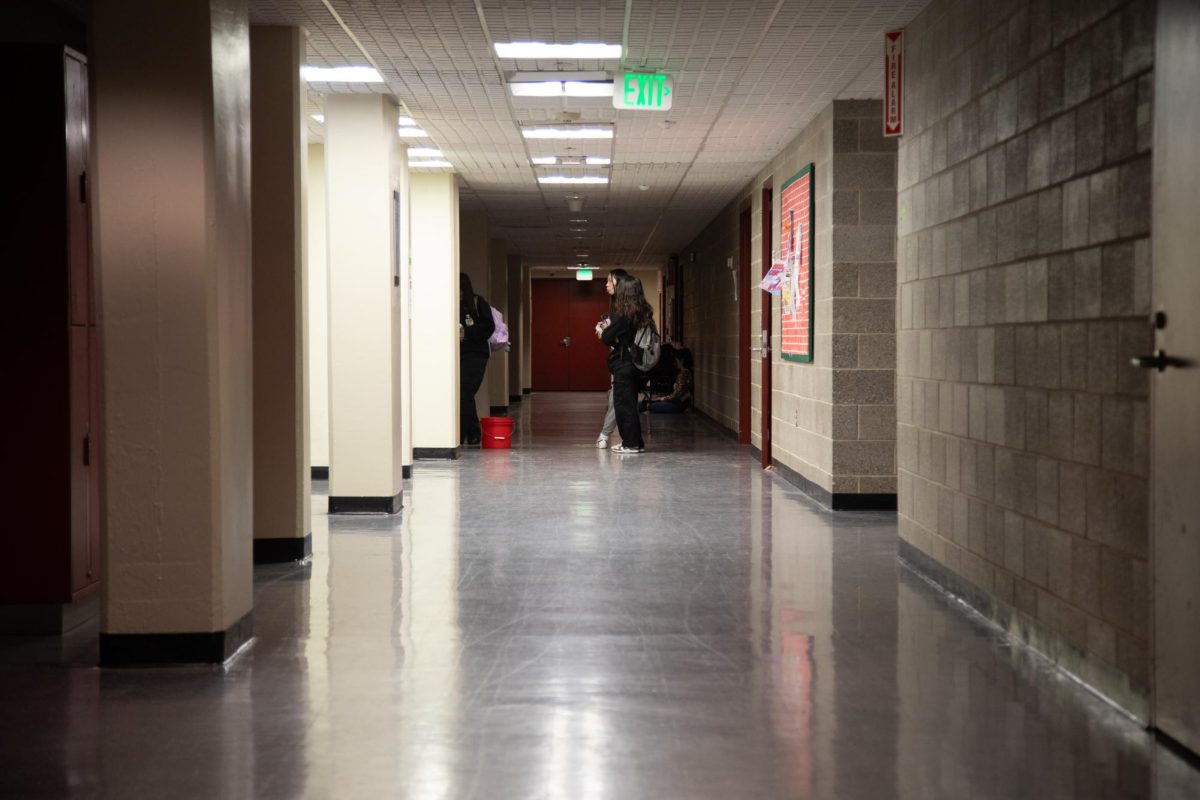 The mind of an artist is a labyrinth of abstract ideas, plans and aspirations. In the world of art, facts and figures are almost obsolete. Line and color stand in their places, mesmerizing and inspiring audiences.
The mind of an artist is a labyrinth of abstract ideas, plans and aspirations. In the world of art, facts and figures are almost obsolete. Line and color stand in their places, mesmerizing and inspiring audiences.
And so it is not surprising that the artists whose work was displayed in the Faculty Exhibition 2010 posed colorful and vibrant personas in their own rights.
The exhibition, which opened on Sept. 15, held its closing on Oct. 23 in the University Art Gallery, located in the Staller Center. Varying artistic techniques and skills were displayed, produced by artists who are currently, or were previously, members of the Stony Brook University faculty and community.
Many of the artists made an appearance at the exhibit’s closing, conversing with those who came specifically to see certain pieces and with those who came to see the exhibit as a whole. The artists themselves seemed to appreciate the works of their colleagues in a way that was not only respectful, but flattering, and the support and warmth in the room was very much apparent.
“It’s actually very nice to see what people present,” said Gary Schneider, who has been a member of Stony Brook’s faculty since 2006. “I think they bring in what they want to represent them in the school and so that’s very exciting to see as faculty.”
Schneider’s own piece was a series of eight-minute exposures, which he described as “almost like a movie in one frame.” Black and white negatives of his family members and friends, whose faces were lit only by flashlight in the midst of total darkness, were transformed into transparencies and combined to form the final piece.
 Schneider, who teaches photography, also explained his feelings on teaching art.
Schneider, who teaches photography, also explained his feelings on teaching art.
“I’ve always taught,” Schneider said. “I love teaching. Of course, I prefer making my own things, but I do both, so I’m lucky. It’s very important for me to teach. It sort of keeps me in touch with people beginning to think about making their lives.”
Martin Levine, another faculty member of the art department, spoke highly of his colleague’s works.
“I think it really shows diversity in the faculty,” said Levine. “It has a little of everything.”
Levine, a print-making professor at Stony Brook who contributed three of his pieces to the show this year, has been contributing to it every other year since the late 1980s.
Ruby Jackson, another faculty member who works at the Pollock Krasner house and study center in East Hampton, the former home of Jackson Pollock, does not teach but does her own art when she is not working. She attended the closing of the faculty art exhibition and commented on her own work in the exhibit.
 “What propels me, it’s sort of a private, personal journey,” Jackson said. “It’s ‘what do you do with yourself when you’re alone and you have time,’ and art has always been the thing that I’ve done, since childhood.”
“What propels me, it’s sort of a private, personal journey,” Jackson said. “It’s ‘what do you do with yourself when you’re alone and you have time,’ and art has always been the thing that I’ve done, since childhood.”
As Jackson described her sculpted piece, which took years to make, she made it clear that what it means to her is not necessarily the same as its significance to other viewers. She explained that the piece was an exploration of the underwater to her, but that she did not use any identifiable objects, so that each viewer could decide on his or her own what the significance of the piece is.
“It’s from my imagination, it’s not really based on anything that’s under there,” Jackson said. “I’m not trying to imitate nature I’m just trying to make my own nature.”
Howardina Pindell, a full time professor and self-proclaimed painter who has been teaching at Stony Brook for 31 years, also contributed to the show. Her piece combined photography and painting. She spread slides out like a panorama and painted the spaces in between them. This particular piece was made from a photograph that Pindell took from the window of a train that was traveling from Venice to Zurich.
Pindell also explained the benefits of the faculty art show.
“It keeps the faculty on their toes, because they have to show something, and it’s good for the students to know how the faculty sees,” Pindell said.
Rhonda Cooper, director of the University Art Gallery, coordinated the show, and said she was thrilled with the results.
“It’s fabulous,” Cooper said. “I’ve been here 27 years, and we do a faculty show almost every other year, so this is probably the thirteenth one I’ve done, and this is, if not the best, one of the best.”
Cooper, who used to paint, currently teaches Asian Art and a Gallery Management Workshop. She chose a long time ago to put down the paintbrush and pick up the floor plan of the Art Gallery.
 “I look at [the pieces] in a way to sort of balance things out and make a cohesive whole,” Cooper said. “That’s the most fun part of my job. That’s the best part. It’s like being an artist without having the skill to be an artist, so what I’m doing is taking this whole space and turning it into something, using the materials that I’m given, and that’s the best part of my job.”
“I look at [the pieces] in a way to sort of balance things out and make a cohesive whole,” Cooper said. “That’s the most fun part of my job. That’s the best part. It’s like being an artist without having the skill to be an artist, so what I’m doing is taking this whole space and turning it into something, using the materials that I’m given, and that’s the best part of my job.”
To attempt to fully understand the mind of a specific artist is nearly impossible, simply because there is no way to fully imagine what is going on in an artist’s head. The Faculty Art Exhibition was a prime example of this idea, as it showcased examples of all different kinds of art, including high-heeled shoes with pins in them, a telegraph and a circular object of some sort formed by panels and wires. These were just some of the many eccentric pieces.
The next exhibit to open in the University Art Gallery will be Images of India by Fredric Roberts on Nov. 10.




